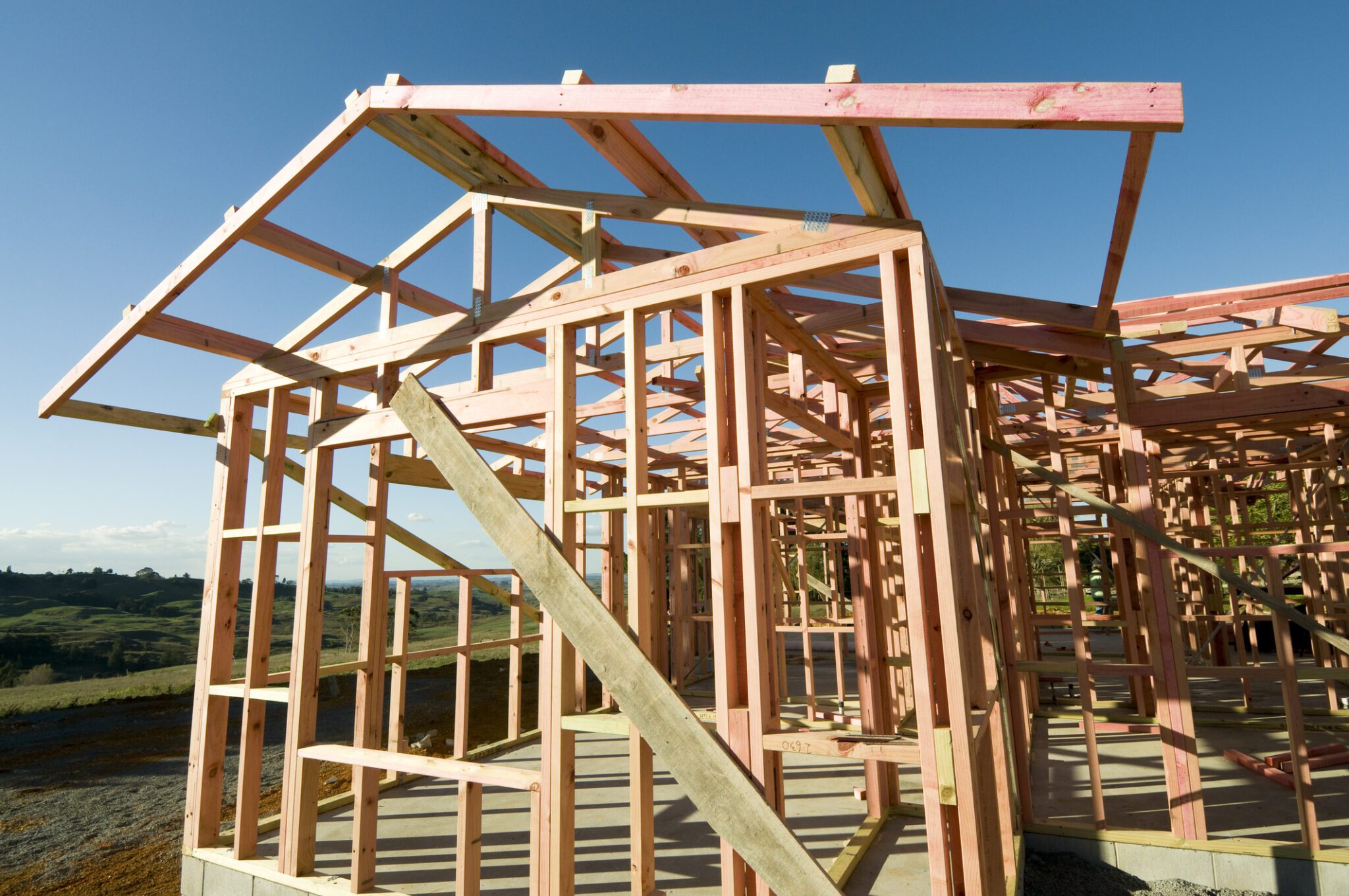In the aftermath of a natural disaster, whether an earthquake, flood, storm, or something else, one of the main concerns is usually property. Is my home and my place or work safe? The stickers that are placed on properties aim to give some comfort about that, but what do they actually mean?
Rapid building assessments – the stickers
Rapid building assessments are quick inspections to evaluate the structural condition of buildings and identify the worst immediate hazards, including from other nearby buildings. Placards (commonly referred to as stickers) that indicate the usability of the building are fixed to the building in a prominent place.
- A white sticker indicates the building can be used. The building has been assessed and there has been light or no damage (low risk). A white sticker, however, does not necessarily mean a building is safe, as there may be unobserved damage.
- A yellow sticker indicates restricted building use. The building has been assessed and may have sustained moderate damage to all or part of it. This generally means either the building may be used (except for any areas identified as posing a significant hazard), or the building may only be entered under supervision for a limited time on essential business (i.e. emergency or assessment purposes, or to remove critical business records, valuables and property).
- A red sticker indicates the building cannot be used and entry is prohibited as entry may pose risk to health or life. This sticker is used where the building has sustained moderate or heavy damage and poses a significant risk to the public either from the building itself or external factors such as ground failure.
Who makes the decisions about the stickers?
Where a state of emergency has been declared or during a transition period, the authority to undertake these rapid assessments is given to the local councils, under the direction of the Civil Defence Emergency Management Controller. Councils may also carry out rapid building assessments where no state of emergency has been declared under the provisions of the Building Act 2004.
In some circumstances, when resources are stretched, building owners may be asked to conduct these assessments. If asked to do this, the building owner should obtain an expert to assess the property, rather than evaluating it themselves.
What if you don’t agree?
If you don’t agree with your building’s assessment, first, do not remove the sticker. Only authorised officials can place, change or remove them, and it is an offence to do so without permission.
If you think the sticker is wrong you should contact your council and ask them to reassess the building. You can also provide your own report from an expert to back up your position.
If the council won’t do a reassessment, or they do but you still disagree with the result, you can also apply to MBIE for a determination. A decision on a determination can be made within 15 working days (60 if considered complex).
What about long term?
Last year, New Zealand’s first National Adaptation Plan was released, setting out various options for responding to the risks from climate change. The Government is also currently in the middle of replacing the Resource Management Act with three new pieces of legislation. The third of these will be the Climate Adaptation Act (CAA) which will address the technical, legal, and financial issues associated with managed retreat from areas which will be significantly affected by climate change.
There has been a lot of talk recently about red zoning or managed retreat in the aftermath of the natural disasters we have seen recently which would prevent the rebuilding of homes and businesses on at-risk land. At the moment there have been no announcements about this, and the CAA has not yet been introduced to Parliament, so it is too early to say what might happen both with the legislation and with areas damaged in natural disaster events.
However, while we do not yet know what might happen, we can learn from our previous experiences.
After the Christchurch Earthquakes, the underlying stability of the land throughout Christchurch was assessed. Areas were classified into various zones:
- Green zone, being land with no significant issues that could not be repaired on an individual property basis during a rebuilding process;
- Orange zone, which was effectively a holding zone with a range of land damage where further assessment and engineering work may be required before the land would be reclassified into green or red zone; and
- Red zone, where the land in the area was widely and significantly damaged and it was unlikely it could be rebuilt on for a prolonged period.
When Christchurch homes were red zoned, the Government made an offer to the homeowners to purchase the property, whether the individual property and the buildings on it were damaged or not. The offered purchase price from the Government was based on the property’s rateable value (RV) when that had been last set a few years before the 2010 and 2011 earthquake events. Homeowners had time to consider their position, review the assessment if they considered it was wrong, and decide whether to accept the Governments offer to purchase or not. Most did as services were eventually largely withdrawn from areas that were red zoned.
The process of any red zoning decision by the Government as a result of the recent natural disasters will take time. It was around six months after the Christchurch Earthquakes before the Government at the time announced a voluntary process for buying residential properties in the worst earthquake affected areas. It took time after that for the sale processes to be conducted and for homeowners to receive pay-outs from the Government (and their insurer in cases where the building was also damaged). Some red zone decisions went to court and took many years to resolve.
But in many cases red zoning allowed homeowners and their families to get out of their land damaged community relatively swiftly and make decisions to rebuild their lives somewhere else. That is not to say that those decisions were easy. In many – or even most – cases they would not have been. Physically moving is only one consideration. Emotional ties to communities and the past are a much harder issue to address.
There was little thought given at the time of the Christchurch Earthquake to any expectations that the red zoning process may set for the future, because it was the first time that it had been done. This time, if managed retreat (or red zoning) is needed, it is likely to be widely discussed before any announcement is made. New Zealanders now have a greater understanding that these types of events will happen more regularly, and that more coastal properties may become unsuitable. Consideration needs to be given to where and how to rebuild communities, as well as the infrastructure that supports them like major highways.
One thing that homeowners who believe that their properties could be red zoned could do would be to check whether their RV is accurate and ask for a revaluation if significant changes to the property have taken place which have not been included.
If you have any questions about red stickers or red zoning, or about your property generally, please contact a member of our Disaster Recovery Support or Property Law teams.
Disclaimer: The content of this article is general in nature and not intended as a substitute for specific professional advice on any matter and should not be relied upon for that purpose.





